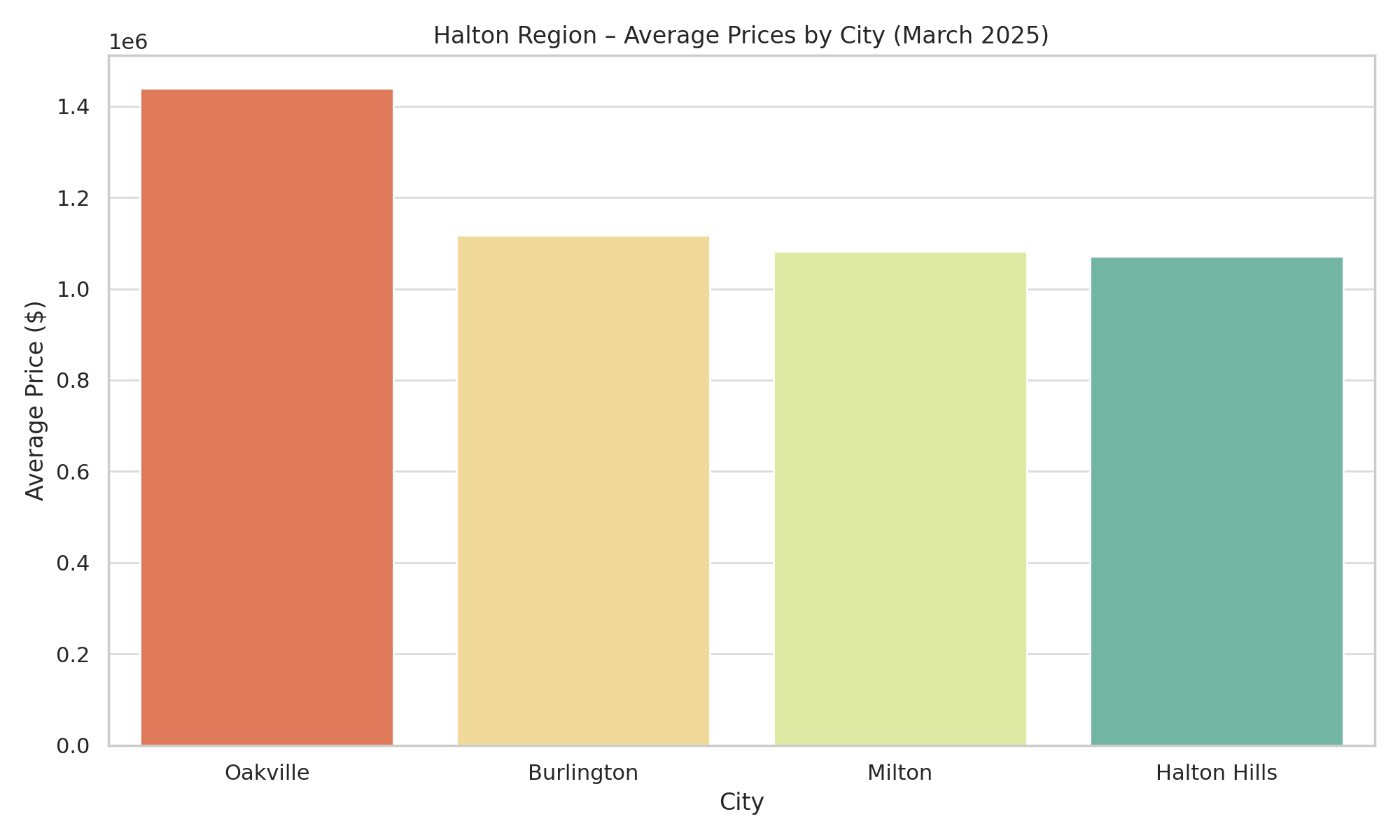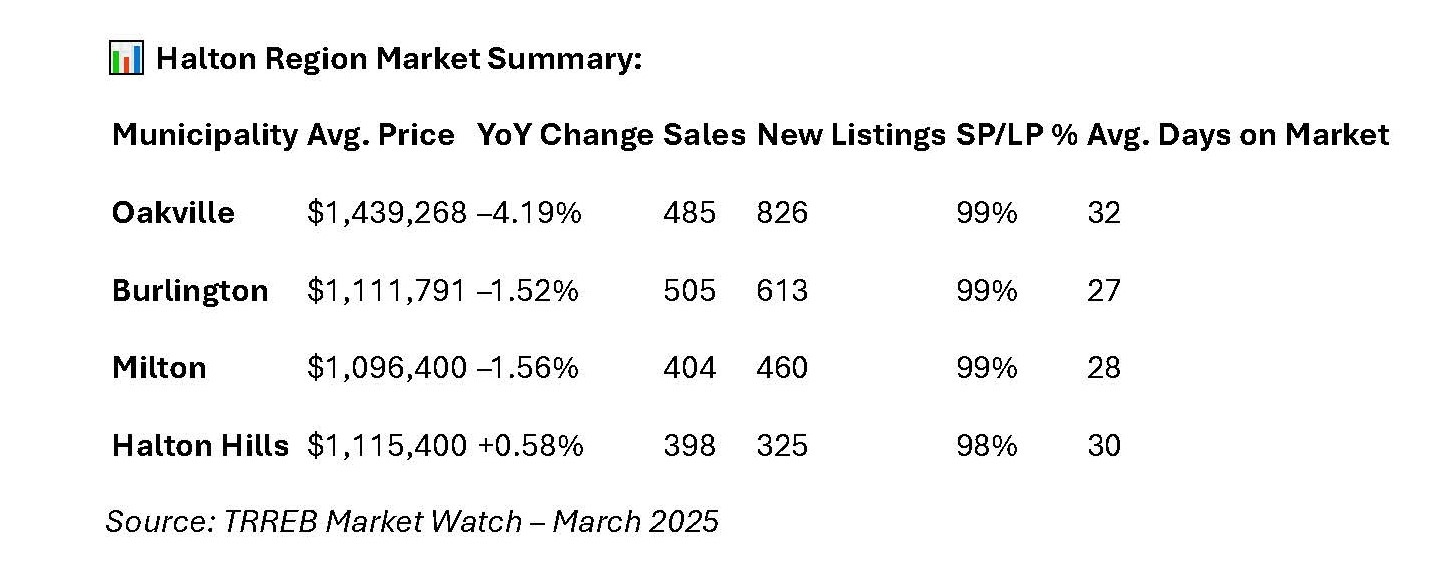Canada's economy shrank by 0.2% in February 2025, marking the first monthly contraction since November 2024, according to Statistics Canada. The decline was led by drops in key sectors such as mining, quarrying, oil and gas extraction, and construction. Severe winter weather was cited as a significant factor, hampering operations across several industries.
The goods-producing sector was hit particularly hard, declining by 0.6%. Within this group, mining and oil and gas saw a sharp 2.5% drop, while construction activity slipped 0.5%. Meanwhile, the services sector declined by 0.1%, led by a 1.1% drop in transportation and warehousing and a 0.4% decrease in real estate and leasing services.
Despite this setback in February, the economy remained resilient overall. Preliminary estimates point to a 0.1% GDP increase in March, helping Canada narrowly avoid a quarterly contraction. According to Statistics Canada, the economy grew by 1.5% on an annualized basis in the first quarter of 2025.
This modest growth comes even as Canada faces external pressures, including the looming threat of tariffs from the United States under the administration of President Donald Trump. These policy risks have added to economic uncertainty, especially in trade-sensitive sectors.
However, Canada is pushing back. Government officials have signaled their intent to defend Canadian industries through reciprocal measures and targeted support for affected sectors. Despite the tense trade environment, the economy has managed to stay on track—at least for now.
Economists note that the February contraction was more likely driven by short-term weather disruptions than broader structural weakness. As spring activity picks up, analysts expect moderate gains in GDP, although much depends on global demand and trade policy developments.
Looking ahead, the Bank of Canada continues to monitor signs of softening economic momentum. With inflation easing and GDP growth subdued, pressure may build for further interest rate cuts later in 2025.
Canada's economic story in early 2025 is one of resilience in the face of domestic and global headwinds. While challenges remain, particularly on the trade front, the country has so far managed to avoid slipping into recession.
Sami Chowdhury
30 April 2025
News Source: CP24 Financial Post
🏡 Ready to Start Your Real Estate Journey?
Whether you're planning to buy, sell, or invest, I’m here to guide you every step of the way — surprises and all.
📈 Looking to capitalize on today’s changing market?
Explore a wide range of specialized listings with access to powerful tools and search portals tailored to your needs:
📩 Need help navigating your options?
Reach out for expert advice and market insights:
Sami Chowdhury
BROKER
📧 Email: samichy@torontobase.com
🌐 Web: www.torontobased.com | www.torontobase.ca
Let’s make your next move a smart one!


















